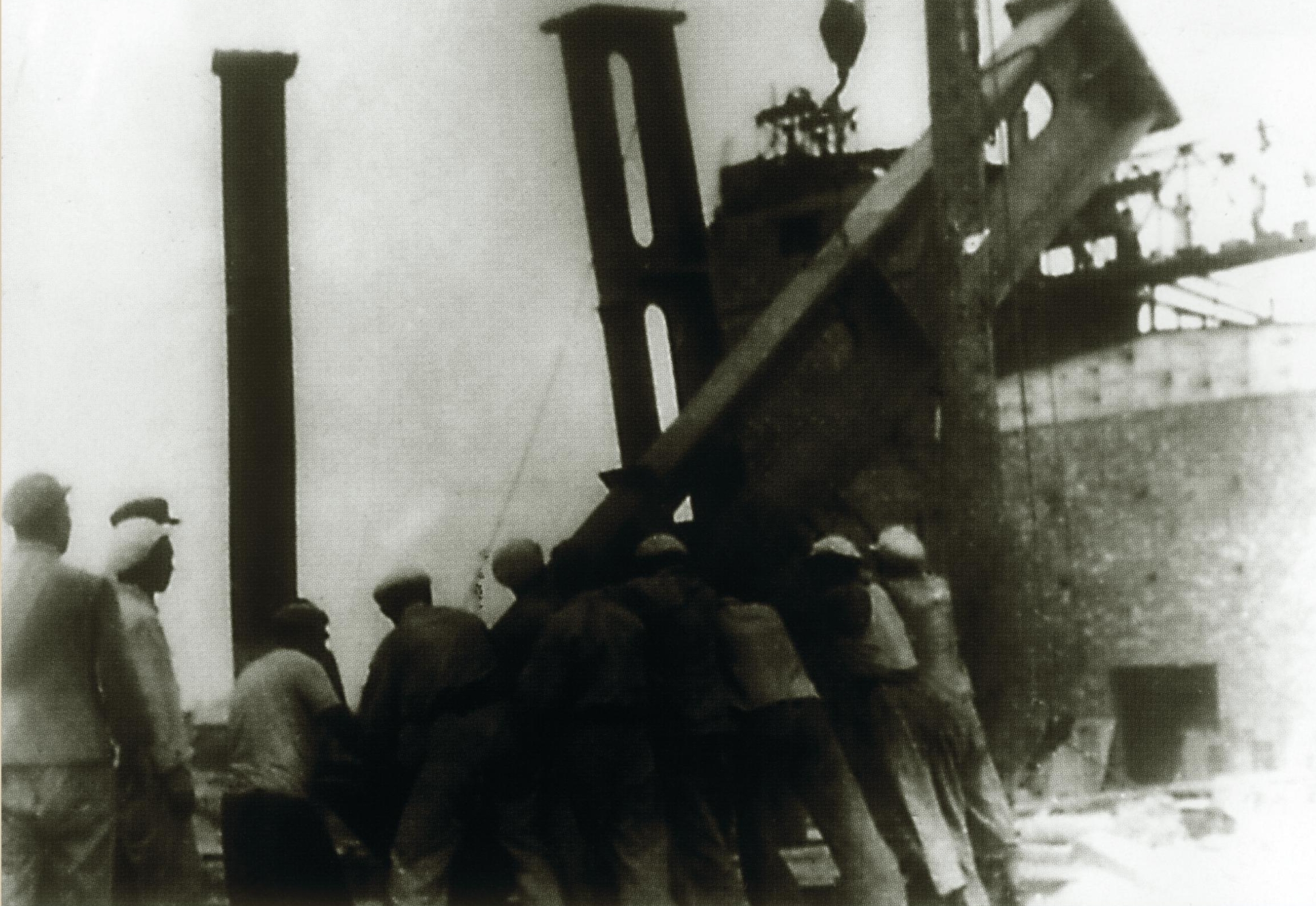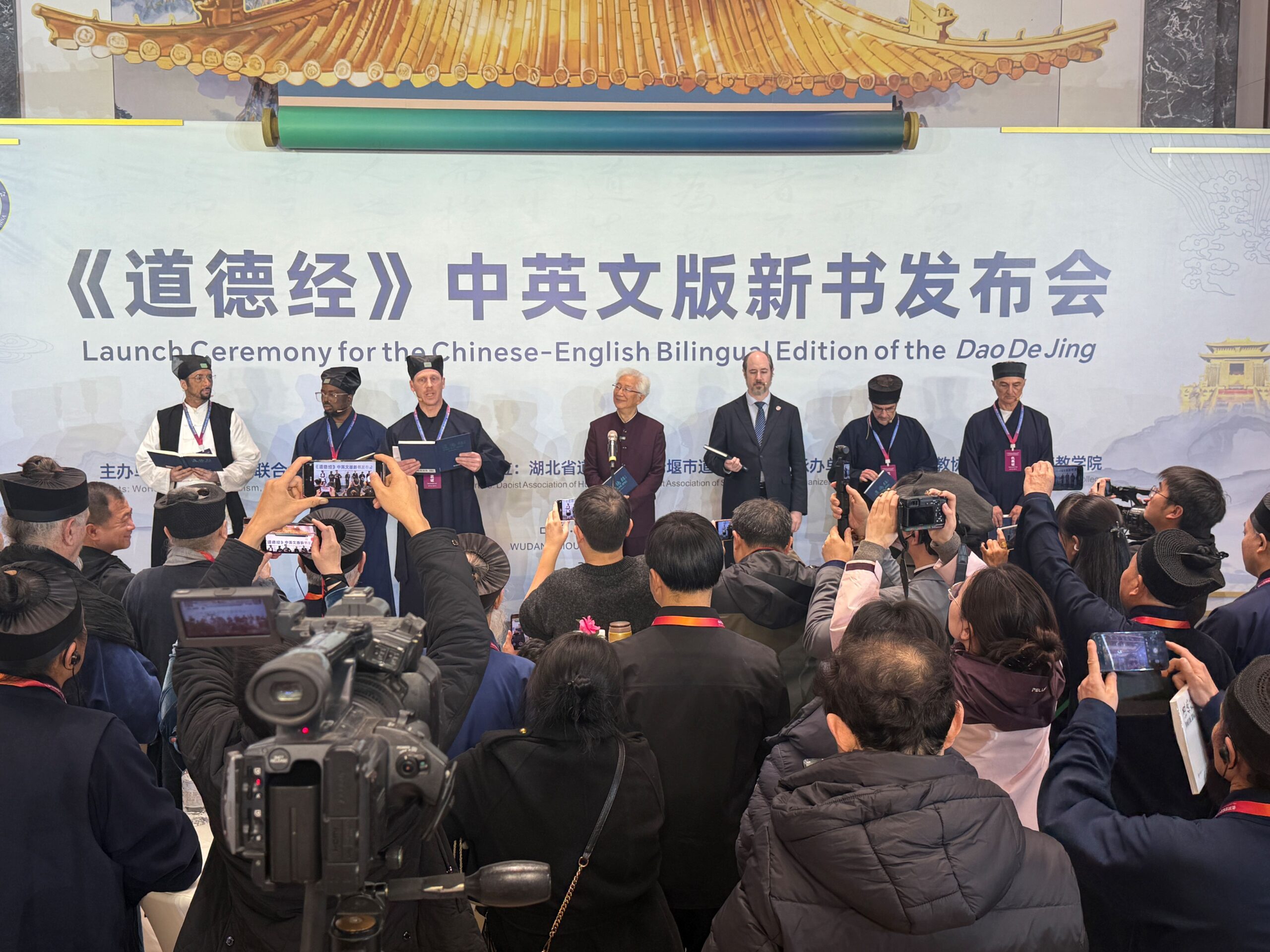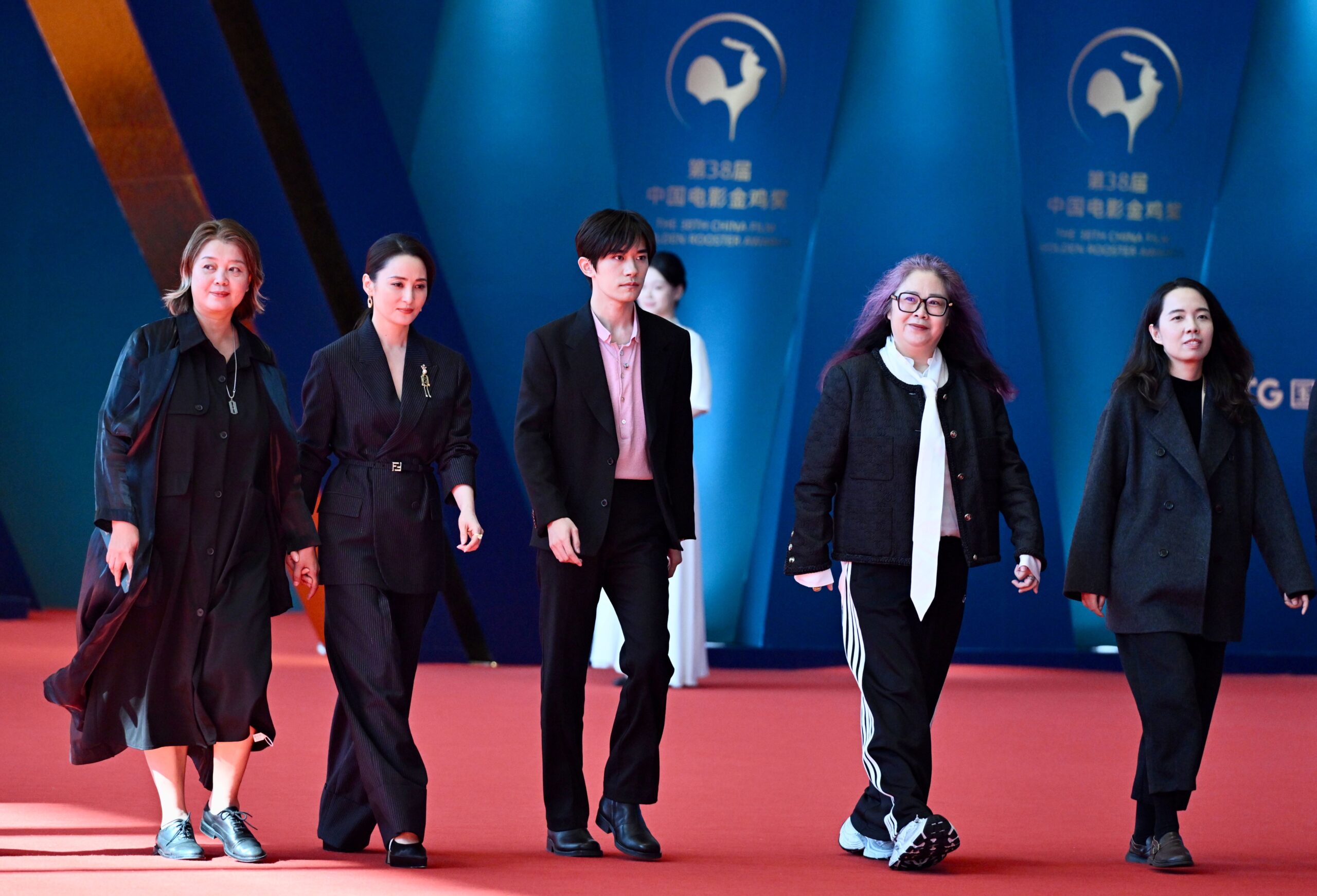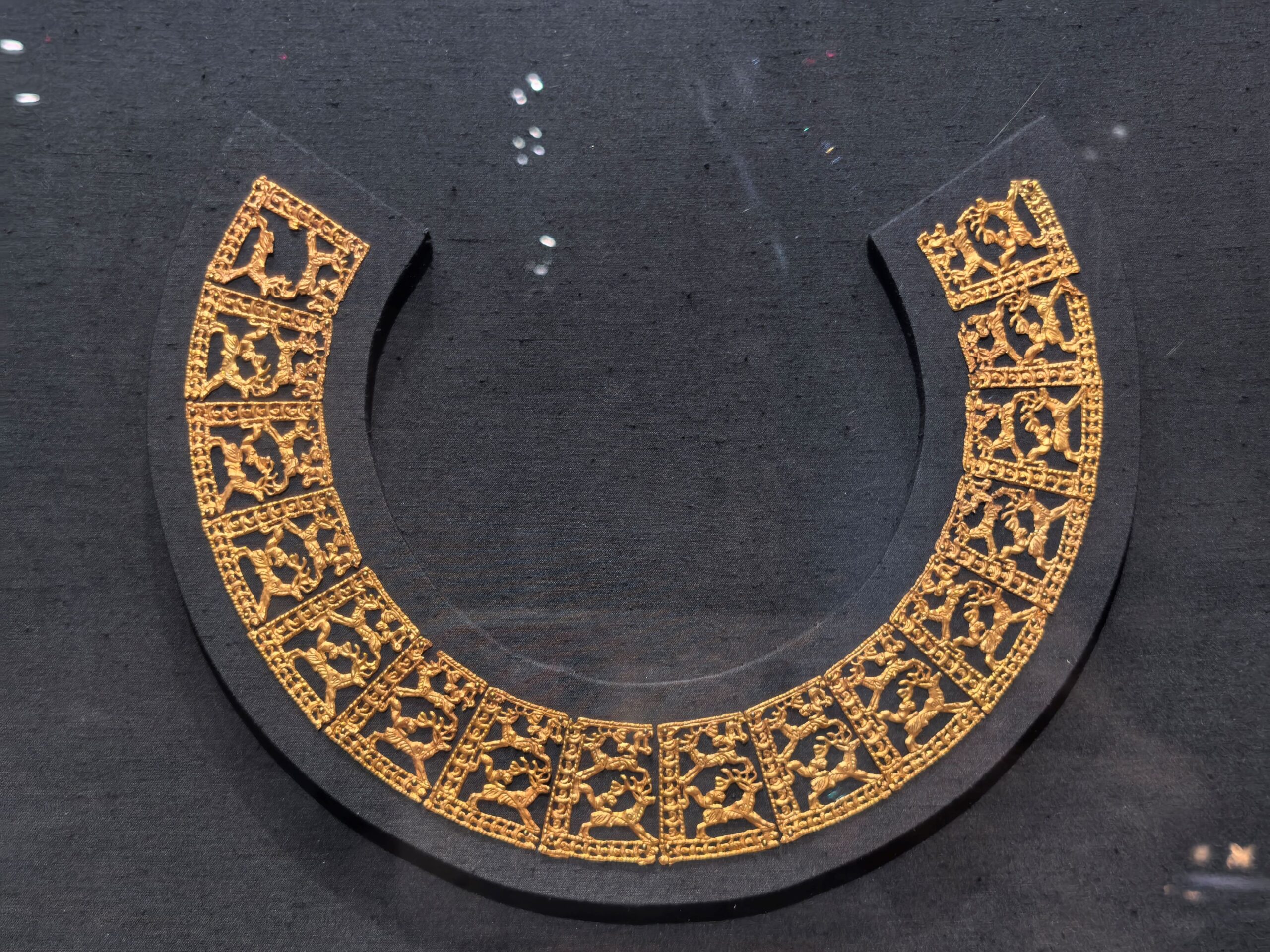Discover Ba Yi Iron & Steel in Xinjiang: seven decades of steelmaking, innovation, and sustainable growth.
Zhang Ainian, now retired, never got used to wearing white shirts. Born in 1949, he moved to Xinjiang with his father when he was in elementary school. His father belonged to the first generation of steelworkers at Ba Yi Iron & Steel(formally Xinjiang Ba Yi Iron & Steel Co Ltd), while he became part of the second.
A Legacy of Steel
“Steelmaking was tough. My father often came home with his face covered in soot, only his teeth and the whites of his eyes visible,” Zhang recalled. The high heat, loud noise, and dust meant most of his clothes were dark, practical, and durable—just like the work itself.
The challenges of those early years shaped the rise of a steel giant on China’s remote northwestern frontier.
In the history hall of Ba Yi Iron & Steel, a black-and-white photo shows Xinjiang before 1949. Farmers and herders struggled with wooden ploughs. At that time, the region produced neither iron nor steel, and even basic farming tools were made of wood. In 1952, after months of melting ice for water and manually transporting materials, the first furnace roared to life.
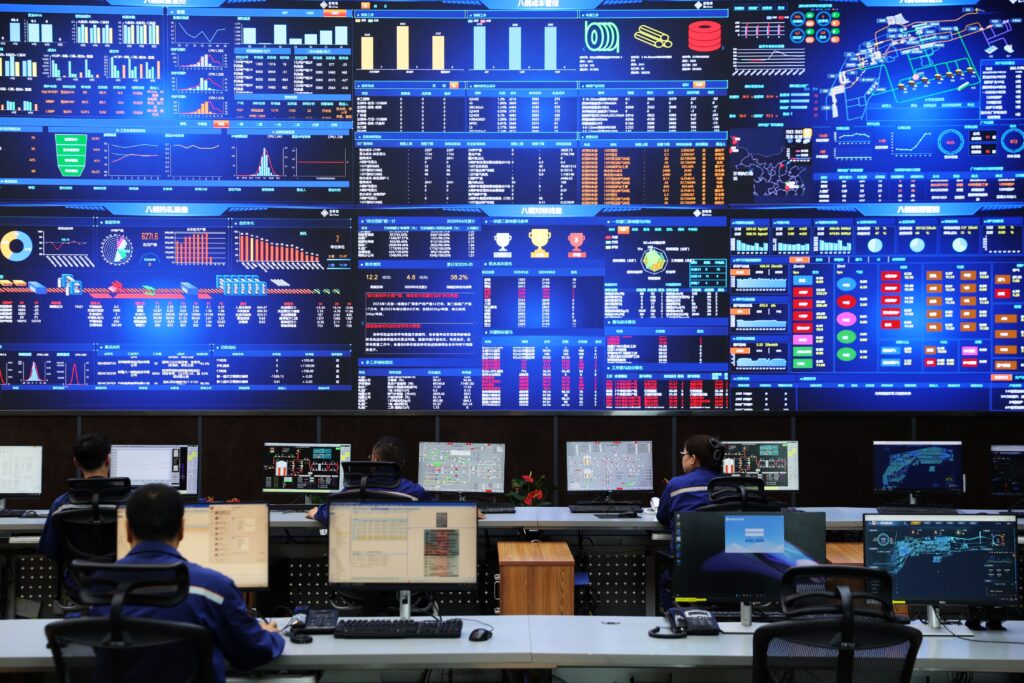
Modernisation and Green Transformation
By the 1990s, Ba Yi Iron & Steel faced outdated equipment and old-fashioned processes. The plant seized the opportunity to import advanced continuous small-scale rolling lines from abroad. These lines could produce multiple steel shapes efficiently, improving both productivity and quality.
“It wasn’t just about buying machines. It was about learning ideas and training people,” said former chief engineer Li. The new technology helped cultivate a generation of skilled technicians and laid the foundation for homegrown innovation.
Today, the factory is a blend of high-tech and environmental awareness. Robots inspect furnaces, giant screens in the control centre display real-time data, and workers can manage the entire production line remotely, far from the heat and dust.
Ba Yi Iron & Steel invested over £3.5 billion in ultra-low emission upgrades. The plant now achieves zero wastewater discharge, retains all solid waste on site, and maintains a green coverage of 51%. It has also built the world’s first industrial hydrogen-rich carbon recycling blast furnace, which absorbs nearly 60,000 tonnes of carbon dioxide per year—equivalent to planting a forest of about 270 square miles.
General Manager He Yucheng emphasised that although green production raises costs by roughly £28 per tonne of steel, low-carbon products will gain stronger market value. With Xinjiang’s renewable energy sector growing rapidly, Ba Yi Iron & Steel supports wind and solar projects while exporting steel worldwide.
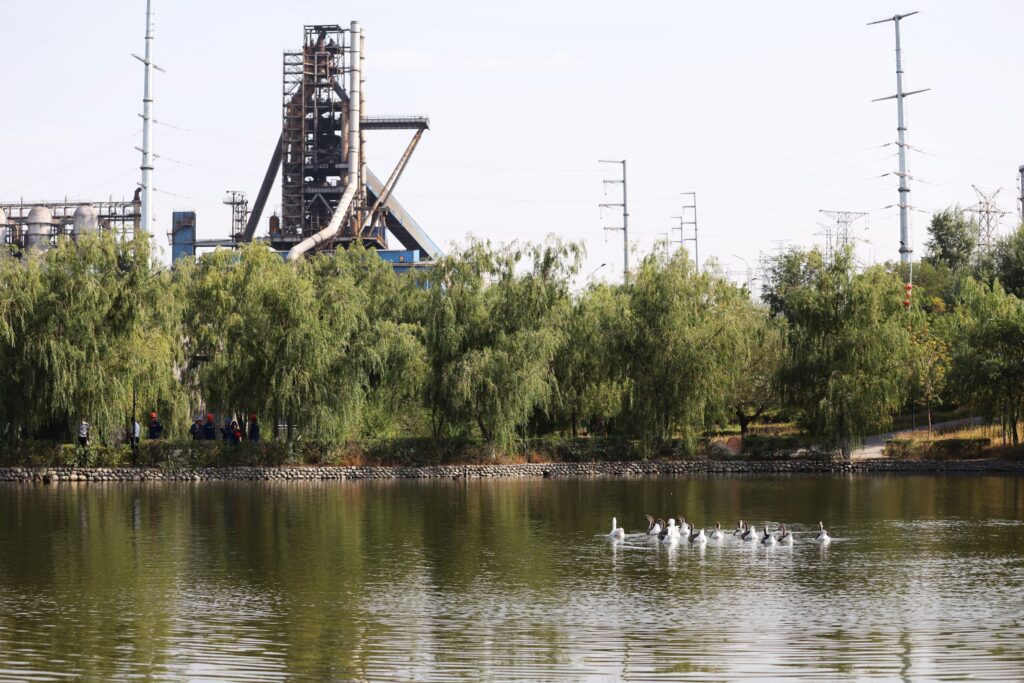
A Future Built on Tradition
Even in his seventies, Zhang still strolls through the Ba Yi Iron & Steel park. He marvels at how the once harsh desert site, built through decades of human effort, has turned green and vibrant. The furnace that burned for over seventy years now continues to shine in a cleaner, smarter form.
Ba Yi Iron & Steel’s story shows how a remote region can rise from rudimentary tools to a cutting-edge, sustainable industry—bridging past dedication with the promise of a greener, global future.
Written by Chen Wang, additional reporting by CNS.
If you like this article, why not read:【Trending Code】 How Does Xinjiang Atlas Silk Attract Modern Shoppers?

